Soles in shoes are part of the shoe that touches the ground and supports the foot. They are usually made of material that is resistant to wear and tear, such as rubber or leather. The soles of shoes are sometimes also referred to as the “soleplate” or “outsole.”.
A sole is the bottom of a shoe or boot, which comes into contact with the ground. The sole can be made from different materials, including rubber, leather, or synthetic materials. The soles of most shoes are made from multiple layers, which can include a bottom layer (known as the outsole), a middle layer (known as the midsole), and a top layer (known as the insole). Some shoes also have a fourth layer, known as the shank, which is located between the outsole and the midsole.
What Are Soles In Shoes Made Of?
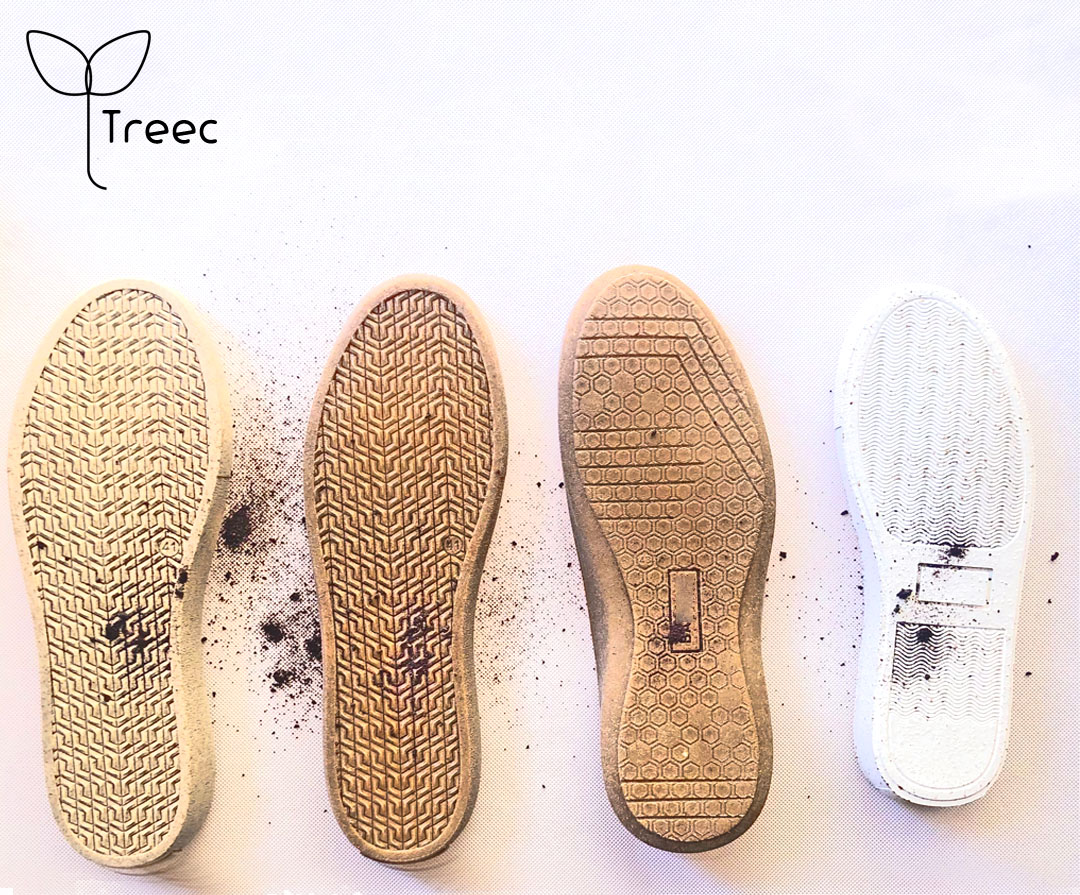 The soles of shoes are often made of synthetic materials, including rubber and polyurethane. Sometimes, the soles are made of leather, which can be dyed to match the shoe’s upper. The soles may also be made of other materials, such as cork or jute.
The soles of shoes are often made of synthetic materials, including rubber and polyurethane. Sometimes, the soles are made of leather, which can be dyed to match the shoe’s upper. The soles may also be made of other materials, such as cork or jute.What Are The Benefits Of Having Soles In Shoes?

Soles in shoes protect the feet from harm and also provide support and comfort. They help to keep the feet warm in cold weather and cool in hot weather. Soles also help to absorb shock and reduce impact when walking or running.
What Kind Of Soles Are There For Shoes?
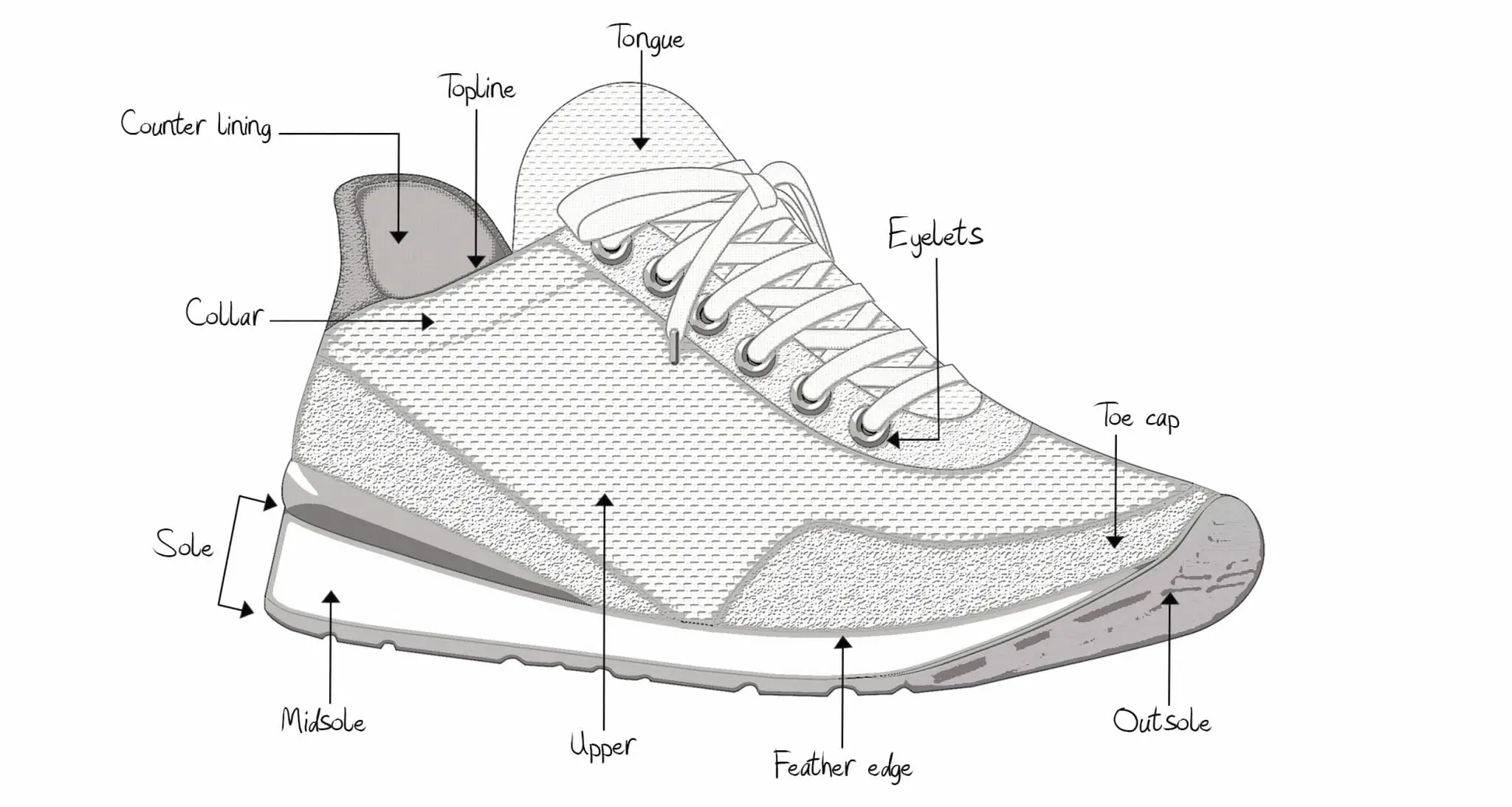
Most shoes have either a leather, rubber, or foam sole. The different types of soles serve different purposes. Leather soles are the most traditional and are still used in many dress shoes. They provide good traction and wear well, but can be slippery on some surfaces.
Rubber soles are common in athletic shoes and provide good traction and are durable. They can be heavy, though, and some people find them uncomfortable. Foam soles are becoming more popular in all types of shoes. They are lightweight and comfortable but don’t provide as much traction or support as the other types of soles.
How Are Soles In Shoes Made?

Soles in shoes are usually made of materials like rubber, synthetic rubber, polyurethane, or EVA. In some cases, they may also be made of leather or other materials. The manufacturing process of soles usually begins with the mixing of raw materials.
The exact recipe depends on the desired properties of the final product. For example, rubber soles are usually made from a mixture of natural and synthetic Rubber, while EVA soles are made from a polymer of ethylene and vinyl acetate. Once the materials are mixed, they are molded into the desired shape.
In the case of rubber soles, this is usually done by injecting the mixture into a mold. The soles are then cooled and ejected from the mold. After the soles are molded, they usually undergo a vulcanization process.
This process uses heat and sulfur to create crosslinks between the molecules in the rubber, which makes the soles more durable and less likely to degrade over time. Finally, the soles are attached to the upper part of the shoe. This is usually done by gluing or stitching the sole to the upper.
In some cases, the sole may also be integrally molded with the upper.
What Are The Different Types Of Soles For Shoes?

Most shoes have either a rubber sole or a leather sole, but there are other options as well. Cork and wood are occasionally used for dressier shoes, while more casual shoes may have a sole made of rubber or synthetic materials. The different materials used for soles have different benefits. Rubber has a good traction and is durable, while leather is flexible and has a classic look.
Cork is light and springy, while synthetic materials are often less expensive. When choosing a shoe, it is important to consider what the sole is made of. The material can affect the look, feel, and performance of the shoe. For example, rubber soles are a good choice for shoes that will be worn in wet or icy conditions, while leather soles are a better choice for dressier occasions.
What Are The Features Of Soles In Shoes?
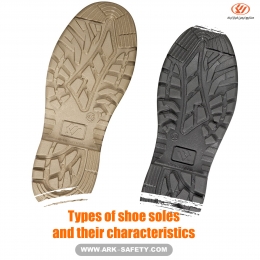
The soul of a shoe is the bottom part that contacts the ground. It is usually made of rubber, although it can be made of other materials such as leather or synthetic materials. The sole provides traction and cushioning and protects the rest of the shoe from wear and tear.
What Are The Advantages Of Soles In Shoes?

Soles in shoes protect the feet from cold, heat, and injuries. They also provide traction and support when walking or running. Some soles are made of materials that absorb shock, which can help prevent or reduce pain in the feet, ankles, and knees.
What Are The Disadvantages Of Soles In Shoes?
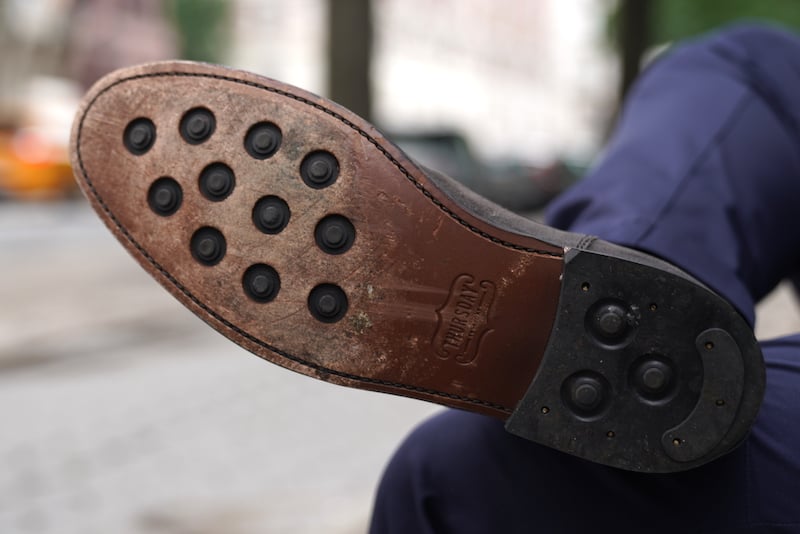
Although soles in shoes provide comfort and support, there are several disadvantages to consider. One of the biggest drawbacks is that they can add extra weight to the shoe, which can be burdensome, especially for athletes or those who are on their feet all day. Additionally, the soles can also cause the shoes to wear down faster and may need to be replaced more frequently. They can also absorb moisture, which can lead to bacteria build-up and fungal infections, particularly in athletes who are constantly sweating.
If not properly cared for, the soles can also crack and peel, which can be both unsightly and uncomfortable. Overall, while soles can provide some benefits, it’s important to weigh the pros and cons before making a decision about whether or not to include them in your shoes.
What Are The Different Soles In Shoes Made Of?

Soles in shoes are made of different materials that offer different purposes. The most popular materials used are rubber, leather, and PVC. Each material has its own unique benefits that make it ideal for different types of activities and help protect your feet in different weather conditions. Rubber soles are the most common type of soles and are usually made of synthetic rubber.
They are durable and offer good traction, making them ideal for outdoor activities. They are also relatively inexpensive and easy to care for. Leather soles are more expensive than rubber soles but are also more durable. They are often used for dress shoes and are more resistant to slipping.
They can also be less comfortable in hot weather conditions. PVC soles are also common and are made of polyvinyl chloride. They are less expensive than leather soles but are not as durable. They offer good traction and are resistant to slipping, making them a good choice for indoor activities.
They can also be comfortable in hot weather conditions.
How Do Soles In Shoes Impact Comfort?

Shoes are often the first thing people notice about your outfit, but they also play an important role in comfort. The soles of your shoes bear the brunt of your weight and support your whole body, so it’s important to choose a pair that will be comfortable for extended wear. There are a few things to keep in mind when selecting shoes for comfort. The first is that the thicker the sole, the more cushioning and support your foot will have.
A thicker sole will also help to absorb shock and reduce stress on the joints. If you’re going to be on your feet for long periods of time, consider a shoe with a thicker sole to minimize fatigue. Another factor to consider is the material of the sole. A soft, flexible sole will provide more cushioning than a hard one.
If you’re looking for a shoe to wear all day, a soft sole made of a material like foam or latex will be more comfortable than a stiffer sole made of leather or wood. Finally, pay attention to the tread on your shoes. A shoe with a smooth bottom may be more comfortable for walking on carpet or hardwood floors, but if you’ll be spending time outdoors, a shoe with a more aggressive tread will provide better traction and stability. When it comes to comfort, the soles of your shoes play a vital role.
Keep these factors in mind when choosing your next pair to ensure a comfortable fit.
What Are The Different Thicknesses Of Soles In Shoes?
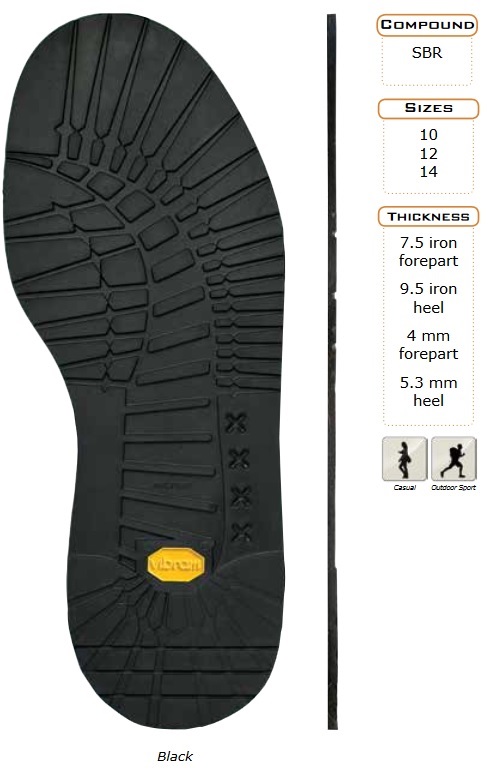
There are many different thicknesses of soles in shoes, but the most common are thin, medium, and thick. Thin soles are usually found in dress shoes and high heels, while medium and thick soles are usually found in casual and athletic shoes. The thickness of the sole affects the comfort, support, and durability of the shoe.
Thin soles may not provide as much support or durability as thick soles, but they are often more comfortable to wear. Medium soles provide good support and durability, but may not be as comfortable as thin soles. Thick soles are the most durable and provide the most support, but may not be as comfortable as medium or thin soles.
What Are The Different Textures Of Soles In Shoes?
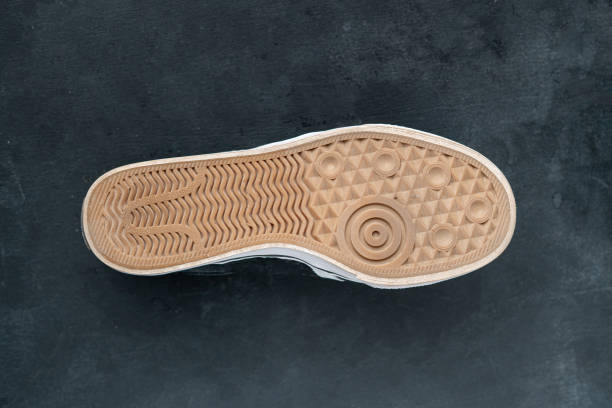
The insole, also known as the footbed, is the layer of material that makes direct contact with the bottom of your foot. The best insoles are made of high-quality materials that can absorb impact, reduce friction, and provide arch support. The outsole is the bottommost layer of the shoe, and it’s what comes into contact with the ground.
The outsole is made of durable material, such as rubber, that can withstand a lot of wear and tear. The midsole is the layer of material between the outsole and insole. The midsole provides cushioning and shock absorption.
What Are The Different Colors Of Soles In Shoes?
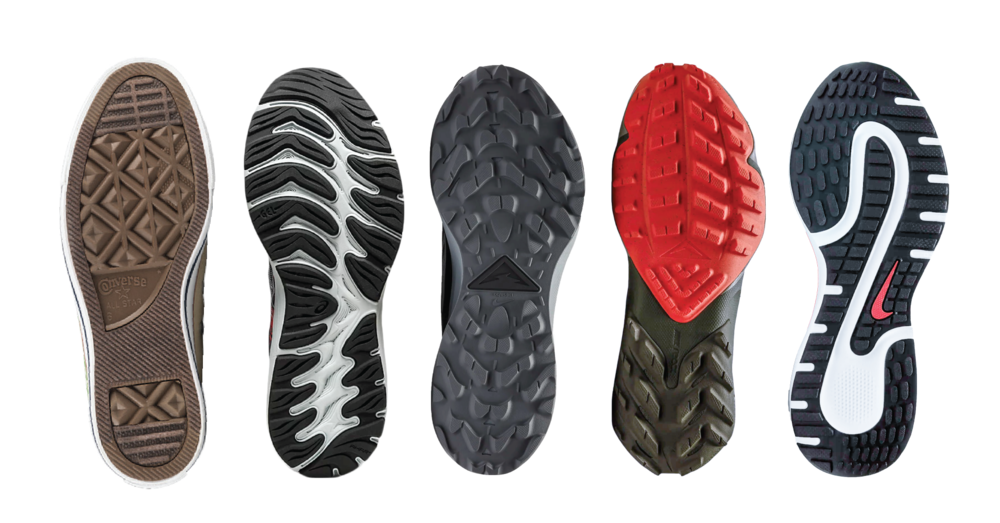
There are a variety of different colors that shoes can have for their soles. The most popular colors are white, black, and brown. However, there are also soles that are blue, red, orange, green, and purple. Each color can have a different meaning and purpose.
For example, white shoes are typically worn by doctors and nurses as a symbol of cleanliness. Brown shoes are often worn by construction workers as a sign of ruggedness. Blue shoes may be worn by athletes to show determination.
Conclusion
There is no definitive answer to this question. Some people might say that soles are the bottom part of shoes, while others might say that they are the support systems for shoes. Ultimately, it is up to the individual to decide what they believe soles in shoes are.



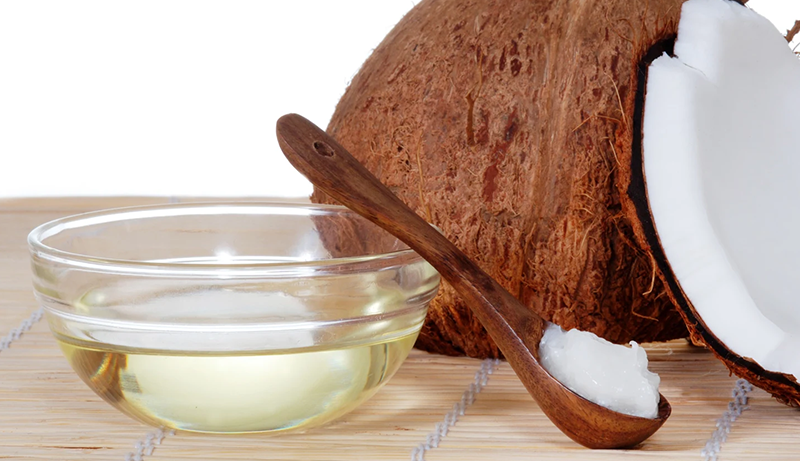


Leave a Reply